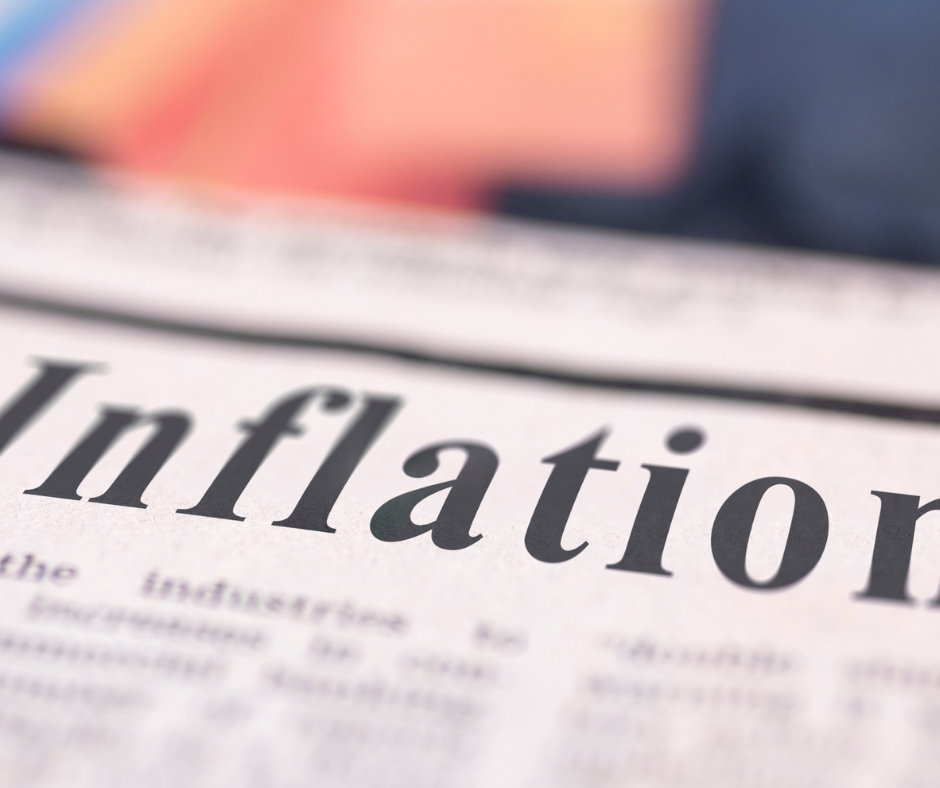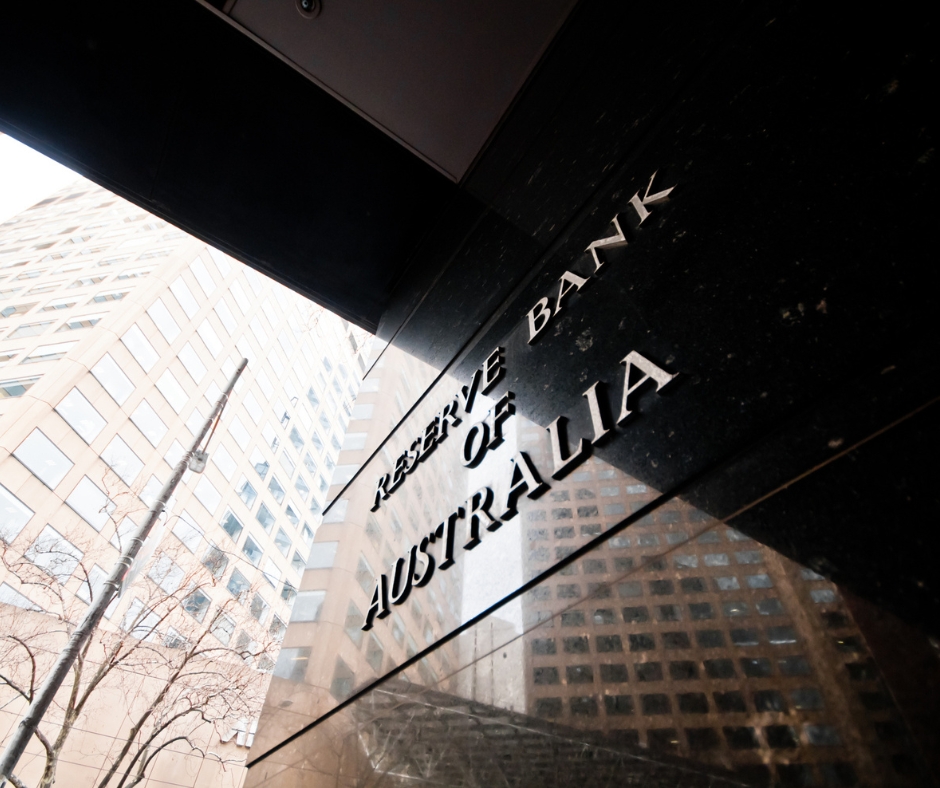RBA June 2021: Interest Rate Updates For Your Business Loan
RBA Statement
The RBA announced it would hold the current monetary policy settings and cash rate at current levels at its June meeting. The RBA’s June decision to hold rates at 0.1% was not unexpected but was made against a backdrop of calls in some sectors for the central bank to lift rates to cool the hot housing market. The housing market was mentioned in the RBA statement. Dr Lowe stated that the markets had strengthened and credit had picked up, especially noting first-home buyers and demand in the owner-occupier sector. The statement goes on to say that the RBA will monitor the housing trends in the environment of low lending interest rates. In holding the official rate at 0.1%, which has been the rate since November 2020, Dr Lowe stated that the outlook for growth is strong with the global economy recovering from the pandemic though this recovery was uneven. A reference made to the outbreaks being experienced in some countries that still needed to control the coronavirus. Australia’s remarkable economic recovery was noted as stronger than expected and forecasts were for this to continue. GDP over 2021 is expected at 4.75% and over 2022 at 3.5%. A source of uncertainty was noted as the continued possibility of outbreaks. However, this uncertainty was expected to diminish as the vaccination numbers increased. The unemployment level has been continually flagged by the RBA as a key indicator of any changes the Board may make to interest rates. Previously indicated targets to trigger a rate rise have been put at less than 5%. The June statement notes April 2021 unemployment at 5.5% and that the rate reduction was faster than had been expected in previous forecasts. It was expected that the unemployment rate would reach 5% by the end of 2021. More information here. The comments on the unemployment figures also included mention of high job vacancy rates and some sectors experiencing labour shortages. Inflation is the other key target for the RBA to consider lifting interest rates. It was noted that despite the good economic recovery and reduction in unemployment figures, both wages growth and inflation remained ‘subdued’. A pick-up in both was expected, though this was expected to be both modest and gradual. On numerous occasions, Dr Lowe has stressed that the RBA was seeking inflation in the range of 2-3% in order to affect a rate rise. It was noted that the 2021 inflation forecast was expected to be 1.5%. This was expected to rise to 2% in mid-2023. For businesses considering major asset investments in their forward planning, these forecasts may provide important data for the decision-making process. Capitalising on current low lending rates before rates may rise in 2023/24. In the final part of the statement, the RBA once again emphasised its intentions in regard to future interest rate rises. Clearly stating it would not lift rates until actual inflation was in the 2-3% range. It noted that for this to occur, the labour market would be required to be sufficiently tight as to affect growth in wages. This scenario was not expected to be achieved until 2024.Impacts on Commercial Loans and Business Finance
In the light of the RBA’s June statement, it could be expected that interest rates would remain at current historic low levels for some time into the future. An expectation that should provide businesses with the confidence to invest in major assets with cost-effective, low-interest loans. Feel free to utilise our unsecured business loan interest rates tool to receive estimates from banks and lenders Australia wide. However, there are other impacts, especially from global forces, which may cause some lenders to lift their own interest rates before any rate rise by the RBA. This scenario may arise where a lender sources funding from overseas channels which have a higher rate. This scenario has been put forward by a number of key economic commentators in recent months. Currently, we can source cheap interest rates on commercial loans across the business finance portfolio. To discuss your requirements contact 1300 000 033 DISCLAIMER: THE SPECIFIC PURPOSE IN PROVIDING THIS ARTICLE IS FOR GENERAL INFORMATION ONLY. IT IS NOT INTENDED AS THE SOLE SOURCE OF FINANCIAL INFORMATION ON WHICH TO MAKE BUSINESS FINANCE DECISIONS. BUSINESS OWNERS WHO REQUIRE ADVICE OR GUIDANCE AROUND THEIR SPECIFIC FINANCIAL CIRCUMSTANCES ARE RECOMMENDED TO CONSULT WITH AN ADVISOR OR ACCOUNTANT. NO LIABILITY IS ACCEPTED IN REGARD TO ANY MISREPRESENTATIONS OR ANY ERRORS RE ANY DATA, SPECIFICS, POLICIES AND OTHER INFORMATION AS SOURCED FROM OTHERS.Related blog articles
June Inflation Data Supports Further Interest Rates...
The June inflation data supports forecasts of further interest rates rises but cheaper rates can...
Read MoreSurprise unemployment fall points to more interest...
A fall in unemployment in the latest ABS report raises the chances of more interest...
Read MoreAugust RBA Rate Rise – Finance Effects
The RBA rate rise decision for August and the forecast for additional rises signals rises...
Read More










